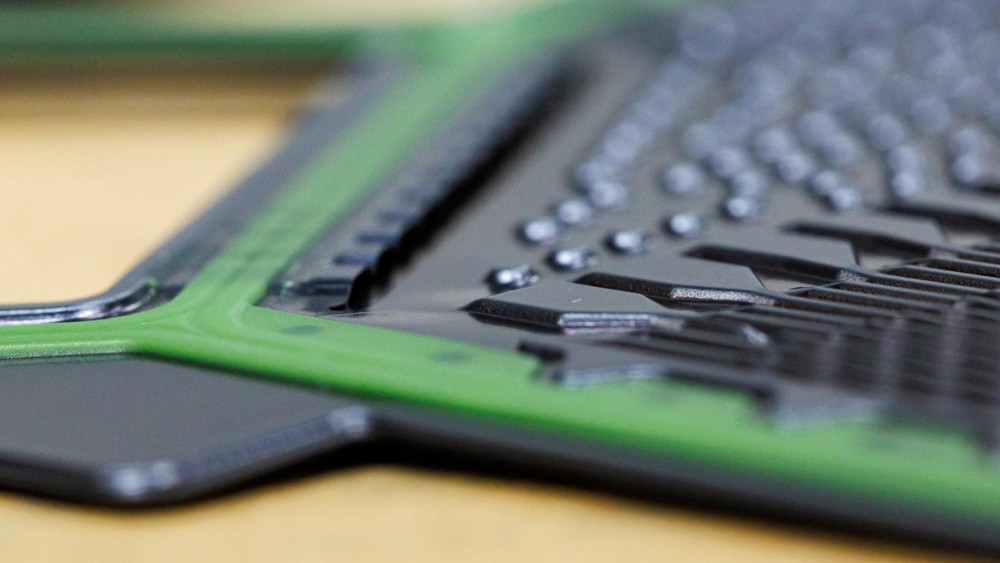Germany – With a groundbreaking innovation in fuel cell technology, Schaeffler is introducing a new generation of metallic bipolar plates for Proton Exchange Membrane (PEM) fuel cells.
Bipolar plates perform a crucial role in distributing gases, managing coolant, and facilitating the removal of byproducts from chemical reactions. This innovation has led to Schaeffler’s new plates achieving an impressive fuel cell stack power density of 4.6 kW per liter of fuel cell volume, including end plates and compression hardware.
In the realm of vehicle applications, these plates are stacked in layers, separated by membrane electrode assemblies (MEAs), to form a fuel cell stack. These plates contribute up to 80 percent of the stack’s weight and up to 65 percent of its volume. For light commercial vehicles, stacks comprising up to 400 cell units boast a total power output of up to 140 kW. This innovative advancement has the potential to revolutionize both light and heavy commercial vehicles, driving them into a sustainable era.
Transforming hydrogen mobility
Schaeffler’s commitment to transforming hydrogen mobility goes beyond innovation—it encompasses large-scale production and market breakthrough. The company employs a “design for manufacturing” approach, aiming for cost-effectiveness and scalability in the production of these plates. Drawing from years of experience in metal stamping and forming, Schaeffler has achieved the precision necessary to create ultrafine structures on the plates’ surface, which measure only 50 to 100 micrometers in thickness.
A hallmark of Schaeffler’s innovation is the unique coating system employed for these metallic bipolar plates. The Enertect coating system, designed to maintain electrical conductivity over the fuel cell’s lifespan, is a testament to Schaeffler’s commitment to sustainability. The coatings can be tailored to meet specific customer requirements, striking a balance between performance, cost-effectiveness, and environmental impact. These coatings, applied using a refined version of the physical vapor deposition (PVD) process, ensure optimal conductivity and durability.
Quality and safety
To ensure the integrity and safety of fuel cells, Schaeffler employs advanced sealing techniques. Injection-molded or silk screen gaskets, along with an in-house developed laser welding process, guarantee that fuel cells remain gas- and watertight. This meticulous attention to detail reflects Schaeffler’s unwavering dedication to not only performance but also quality and safety. This innovation is poised to redefine the landscape of transportation by enabling clean, efficient, and sustainable energy solutions.
Photo: Schaeffler (Daniel Karmann)





